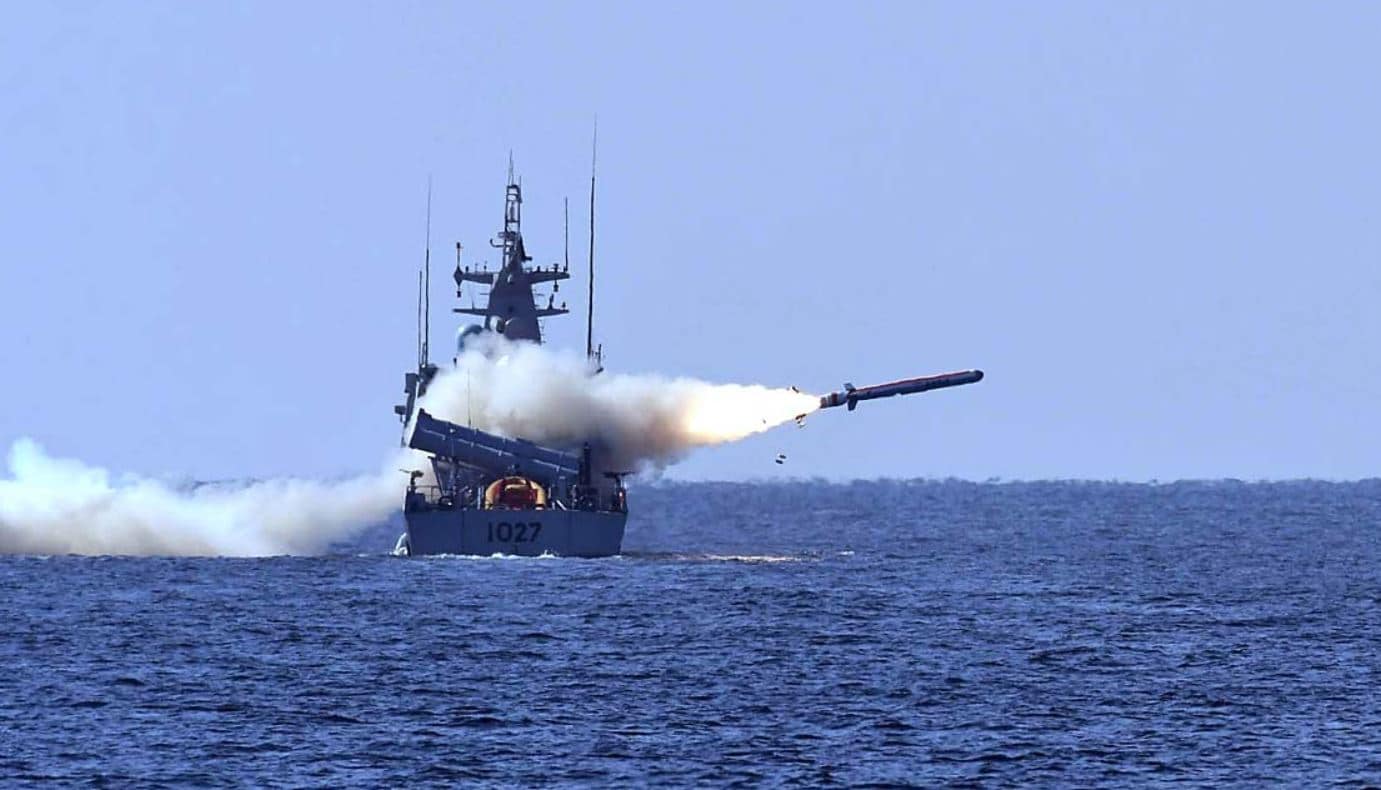2613Views 0Comments

Pakistan to Develop a Supersonic Missile for Naval Usage
Pakistan’s Directorate General of Munitions Production (DGMP) green-lit the development of a supersonic missile for the Pakistan Navy (PN), according to the Pakistan Ministry of Defence Production’s (MoDP) disclosure for 2017-2018.
Neither MoDP or DGMP revealed the range, weight, dimensions, or other specifications of the missile. In fact, they did not specify if the supersonic missile would be an anti-ship cruising missile (ASCM) or land-attack cruise missile (LACM), but a dual-ASCM/LACM is likely.
In addition, the DGMP also approved the development of an “improved version” of the Harbah dual-ASCM/LACM. Pakistan revealed the Harbah through a missile test in January 2018 from onboard the PNS Himmat, an Azmat-class fast attack craft (FAC).
This ‘improved’ variant of the Harbah might be the dual-ASCM/LACM the PN test-fired in April 2019, again from the PNS Himmat FAC.
Notes & Comments:
With defensibility against a supersonic-cruising ASCM – such as the BrahMos — difficult or infeasible, the next option for Pakistan is to equip itself with analogous capability (note: this was discussed in detail in a Quwa Premium article, which is now freely accessible – Countering the BrahMos Threat).
Having signed-off on the development of a supersonic missile, it seems that the PN is working on securing its own supersonic missile for anti-ship missions. For a truly analogous solution, the missile would need to be a supersonic-cruising design, i.e., with an air-breathing engine (ramjet or scramjet).
No timeline was provided for the PN’s supersonic missile, nor is there any indication of collaboration or a joint project. However, that would not be surprising (as even India and Russia cooperated on the BrahMos) as it could help with shortening timelines and reducing cost.
Potential partners can include China, Ukraine and/or South Africa. China is currently marketing a number of supersonic-cruising ASCMs, such as the HD-1A, CM-302, and CX-1. South Africa had developed ramjet technology through the 1990s, such as the SAHV. Finally, Ukraine’s Yuzhnoye State Design Office is also developing ramjet technology, though for space applications. Be it through an existing design or simply a pool of expertise on the technology, Pakistan could leverage outside help.


